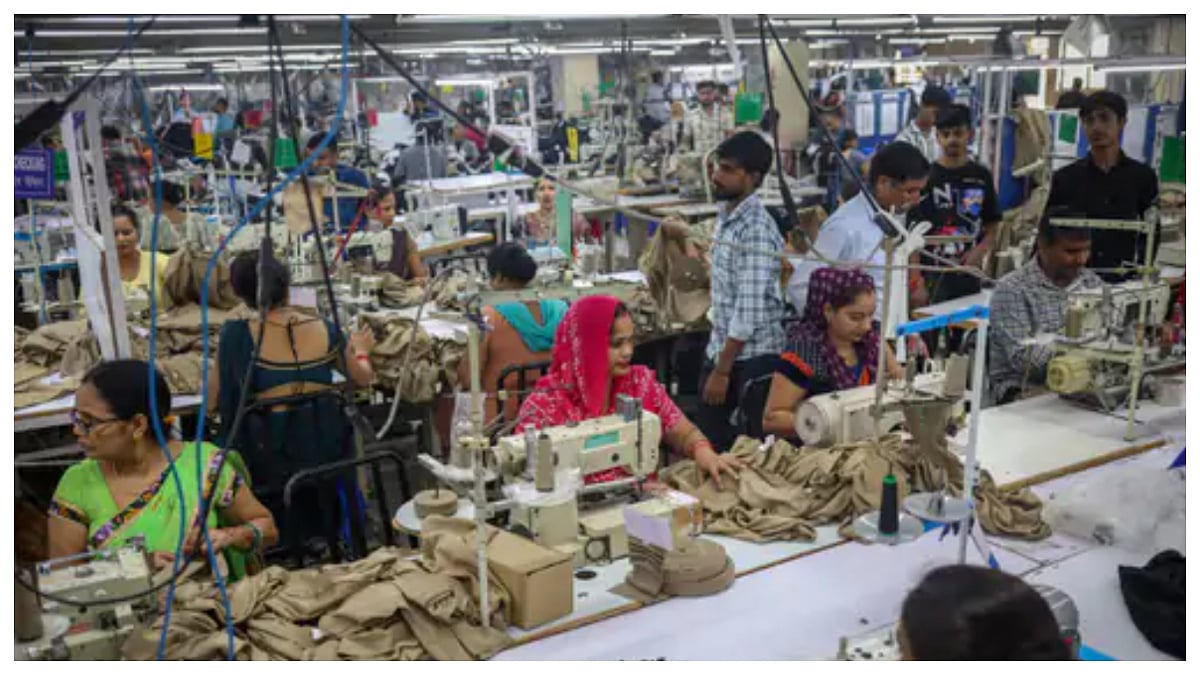New Delhi: The newly implemented Code on Wages, 2019 marks a major shift in India’s labour governance by introducing uniform wage standards and broader coverage across sectors. According to an official statement, the Code promotes fairness, equity, and inclusivity by ensuring minimum wages and social security for all employees—organised and unorganised—thus safeguarding both workers’ rights and employers’ interests.
Section 5 of the Wage Code establishes a statutory right to minimum wages for every employee in every sector. Previously, minimum wage protection applied only to scheduled industries, covering just about 30% of the workforce. With universal coverage, the Code aims to reduce wage disparities and support vulnerable groups such as casual labourers, daily wagers, and migrant workers.

Reducing Ambiguity and Speeding up Justice
The Code standardises definitions for wage-related terms and streamlines procedures, significantly reducing ambiguity. This clarity is expected to ensure faster, time-bound justice and improve employer compliance. The broader objective of labour reforms, as noted, is to stimulate economic growth by generating dignified and decent job opportunities.
The Code on Wages is one of the four labour codes recommended by the Second National Commission on Labour, which had suggested consolidating numerous labour laws into a simplified framework based on functional categories.

Strengthening Worker Protection and Gender Equity
The Code strengthens employee welfare through provisions ensuring fair wages, social security, and protection against exploitation. It also reinforces gender equality through mandates for equal pay and improved representation for women, encouraging their broader participation in the workforce. By emphasising fairness and safety, the framework aims to improve productivity and overall labour welfare.
Simplifying Compliance for Industry
A significant highlight of the reform is the simplified compliance system. Through Single Registration, Single License, and Single Return, the Code reduces the administrative burden on employers. The number of rules has been cut from 163 to 58, forms reduced from 20 to 6, and registers from 24 to 2—making compliance more efficient and transparent.
Floor Wage System and Reduced Wage Disparities
Section 9, along with Rule 11, introduces the concept of floor wages that will be fixed by the Central government based on minimum living standards. States must adhere to this baseline, ensuring their minimum wages do not fall below the central threshold. This provision is expected to reduce regional wage disparities, minimise inter-state migration driven by wage gaps, and prevent wage undercutting.
Minimum wage rates for timework and piecework will be set by the appropriate government, based on skill category, geographic region, and nature of work. These wages must be revised at intervals not exceeding five years.
Ensuring Fair Pay and Transparency
The Code extends the rules governing timely wage payments and unauthorised deductions to all employees, regardless of salary level—removing the earlier cap of Rs 24,000 per month. This universal coverage ensures fairness and consistency across the workforce.
Further, employers must provide wage slips—electronically or in physical form—on or before the day of wage payment. This measure enhances transparency, reduces disputes, and covers even daily wagers and contract workers.






.png)


